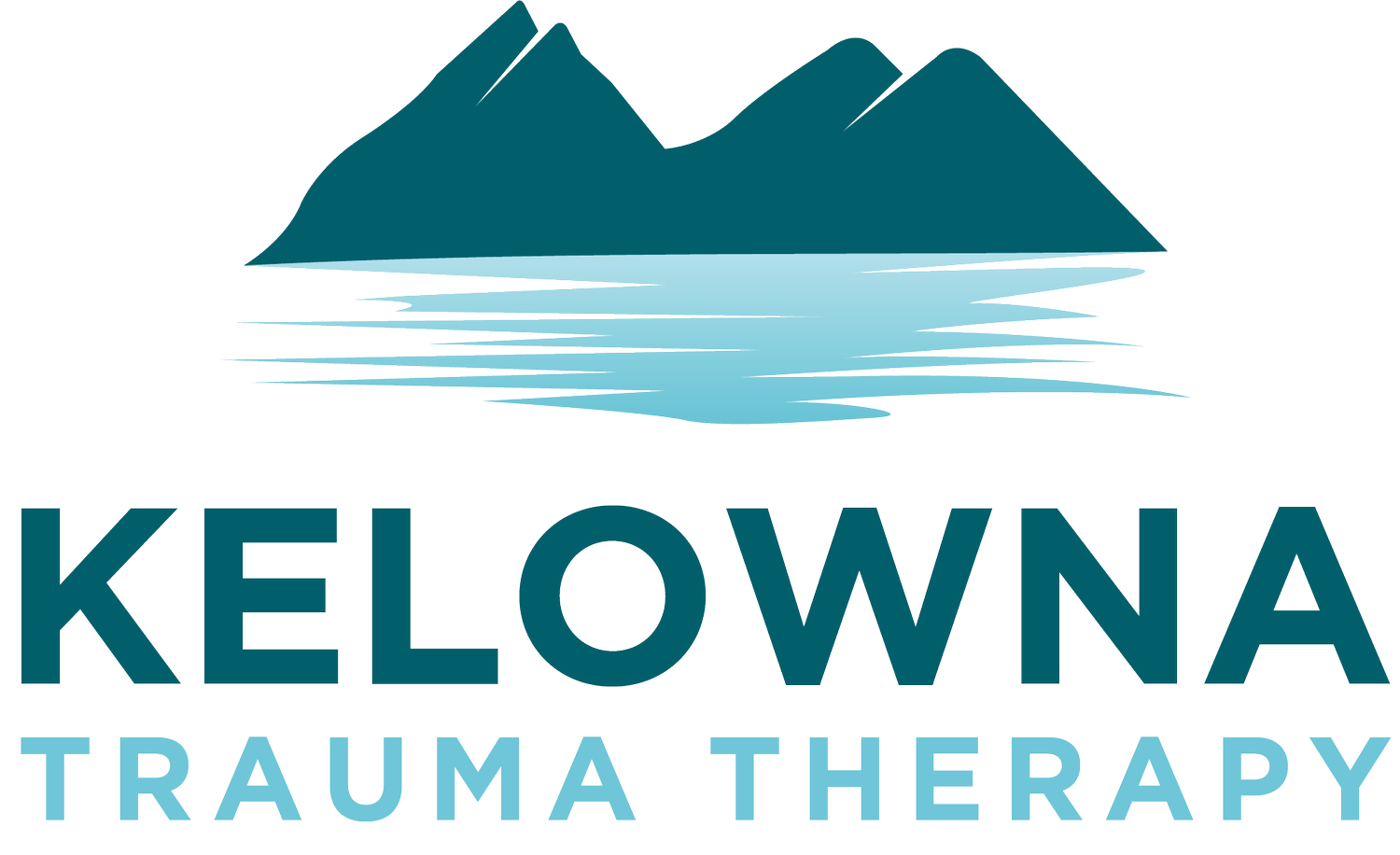
EMDR Therapy
What is EMDR?
EMDR stands for Eye Movement, Desensitization, and Reprogramming. Developed in 1990 by psychologist Francine Shapiro, Phd, EMDR has since become the most clinically validated trauma therapy in use, with over 30 randomized controlled studies positively demonstrating it’s value for people suffering with anxiety, depression, PTSD and trauma.
In our practical experience, outside of expanded states of consciousness (but especially in combination with), there is no better tool for addressing and healing many forms of trauma.
How does EMDR therapy work?
EMDR uses various forms of bilateral stimulation to mimic REM sleep while the individual revisits and reprocesses traumatic events. Typically, the individual will look at a series of lights that move from right to left and back again, but this treatment can also be enhanced by vibrating paddles, and headphones.
Simplistically, stuck trauma are just difficult events that remain unprocessed. EMDR uses the brain’s natural processing mechanism (REM), but combines it with conscious choice, and ultimately seeks to replace negative feelings with more benign ones, or even positive ones (e.g. “I am a survivor” can replace “I am a victim.”)
EMDR includes eight treatment phases:
History taking
Preparation
Assessment
Desensitization
Installation
Body Scan
Closure
Reevaluation of treatment effect
These phases can be accomplished in one sitting, or span over multiple, depending on the content being addressed; for example history taking may be done in one session, preparation in a second, and the other steps in a third. The process is continued until the memory is no longer disturbing to the individual, and a new belief is “installed” in it’s place.
All of our EMDR sessions are 85 minutes in our Kelowna Office to give sufficient time to process a specific memory, desensitize it, and install a new belief in it’s place.
Who is EMDR for?
EMDR is a trauma-specific therapy, and has been documented as effective for problems such as rape and sexual abuse, combat trauma, childhood trauma and neglect, life-threatening accidents, and symptoms such as anxiety, depression and substance abuse.
Many folks try Cognitive Behavioural Therapy (CBT, often just called “Talk Therapy”) first and find that rather than help relieve their symptoms, it exacerbates them.
This is likely because CBT focuses primarily on that which is conscious, whereas trauma is frequently bound up in the subconscious, and stored in the body.
EMDR effectively accesses both the conscious and subconscious, and can therefore facilitate a deeper and more direct healing process.
EMDR can be an effective tool for individual ideals of any age dealing with trauma.
